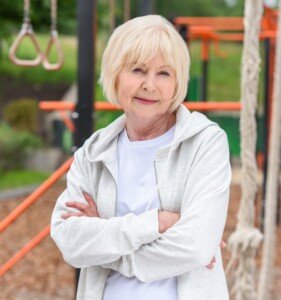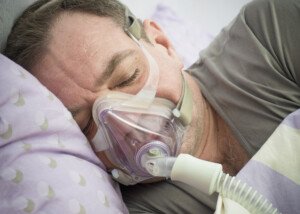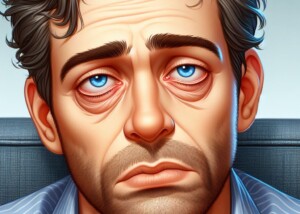
Have you been convincing yourself that you can’t possibly have sleep apnea because you don’t have daytime symptoms?
There is a possibility that you have sleep apnea even if you’re not sleepy during the day or experience other daytime symptoms such as morning headaches and trouble concentrating.
When a sleep study (polysomnography) indicates anywhere from five to 15 disrupted breathing events per hour, the diagnosis is mild sleep apnea.
Even in the absence of daytime symptoms.
“Yes, it’s possible,” says Daniel Rifkin, MD, a sleep medicine expert at the Sleep Medicine Centers of Western New York.
“Years ago, we always thought sleep apnea had to be associated with daytime sleepiness.
“In fact, according to certain health insurances, we couldn’t even treat patients unless they were sleepy.
“However, as we learned more and more, we realized that obstructive sleep apnea can have multiple ‘phenotypes’ or presentations.
“Some patients might have mild disease and have profound daytime sleepiness, and others with severe disease and almost no sleepiness at all.
“Those without daytime sleepiness, for example, might have greater cardiovascular risk.”
Compliance with a CPAP Machine

Shutterstock/Oleg Golovnev
If someone has significant daytime symptoms (fatigue, frequent grogginess, often feeling a need to nap, falling asleep on the job), they are more likely to adhere to CPAP therapy, when compared to someone with no daytime symptoms.
Nevertheless, many physicians recommend CPAP therapy for those diagnosed with even mild obstructive sleep apnea even in the absence of daytime symptoms.
Other sleep medicine doctors question the value of CPAP for those with asymptomatic mild obstructive sleep apnea — if for no other reason, there’s less likely to be compliance in such individuals.
Adherence should be taken into account, says a paper in the Journal of Clinical Medicine.
AHI is the apnea hypopnea index. Its associated numerical value refers to the average number of these events per hour of sleep.
Hypopnea refers to inhaling against resistance created by a partially rather than completely obstructed airway.
An AHI of five to 15 means mild sleep apnea.
Over 15 to 30 is moderate OSA, and over 30 is severe OSA.
Someone with mild OSA is not likely to be compliant with CPAP.
It is not known whether the cardiovascular risk of untreated mild OSA — for which there are no daytime symptoms — is lower than for untreated mild OSA with daytime symptoms.
People with asymptomatic mild OSA may abandon the idea of CPAP therapy once they learn that studies about cardiovascular risk in untreated mild OSA are not conclusive.
The JCM paper states that cohort studies of death rates with CPAP therapy suggest that only those individuals with an AHI greater than 30 (severe OSA) have a reduced mortality.
The JCM also points out that for mild OSA with daytime symptoms, non-CPAP alternatives may be effective.
These include weight loss, changing sleep position and a mandibular advancement device custom made by a dentist.

 Dr. Rifkin
Dr. Rifkin























